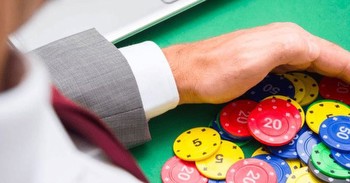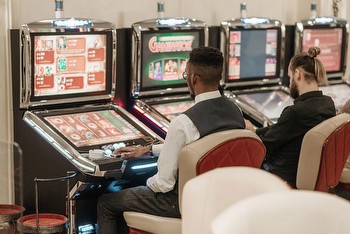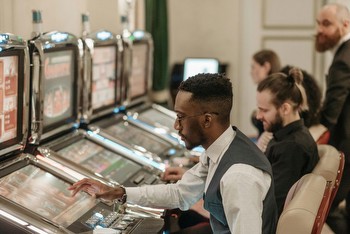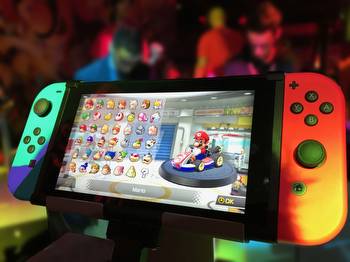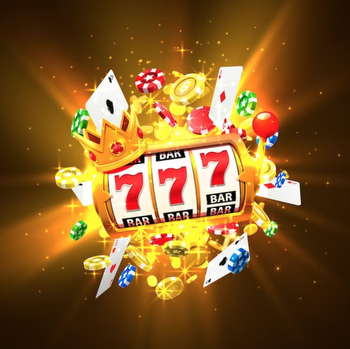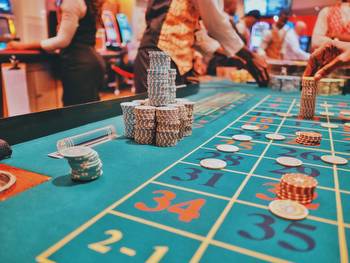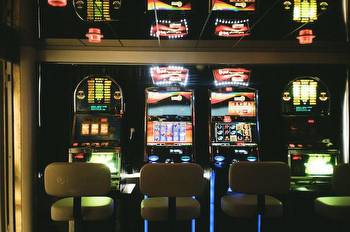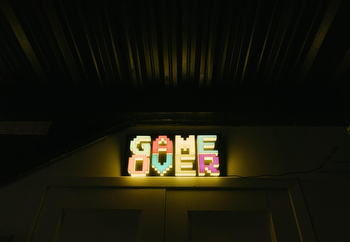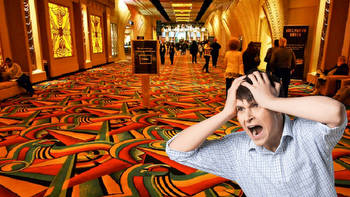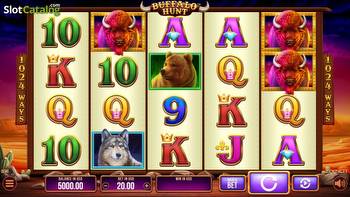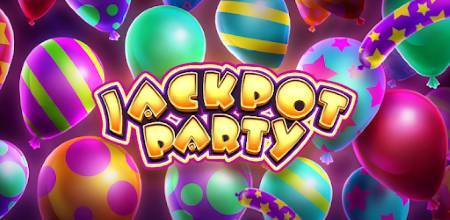Psychology of Slot Game Design

Slot games are among the most popular games of luck in both online and on-the-ground casinos. They are simple enough to learn and play, and the players can’t affect the outcome of the game. It’s a game based on a random number generator, meaning players shouldn’t try to chase their losses.
However, even though the game is simple enough, and players can even play it without paying attention to individual turns, the design of a slot game is very complex, and a lot of thought is put into it.
There are a few essential goals of slot game design, and its psychology applies to every slot game, regardless of who made it and what kind of wagers players can make in it. The main goal of the design is to keep the player engaged and to keep them coming back to the game after their turns have run out.
It’s equally important for players to make wagers and add to their slot account after they’ve lost a few games. Slot games have a return-to-player rate of less than 100 percent, meaning that the players will always end up losing a bit, and the design is created to keep the players wagering after that.
The visual elements of a slot game are the first point of contact for the players, and the best Bitcoin slots sites are the ones that can grab the player’s attention right away. That’s why so many slot games are flashy and have a lot happening simultaneously.
It’s equally important for players to follow the game and know if they won and how much, even with all the extra stuff in the background. Colors and tones play a big role in setting up this exciting mood of the game. Studies have shown that bright colors can excite, while blues and greens have a calming effect on the player.
Timing and synchronization of visual stimulation also play a huge role in how the game is set up, and a lot of the design is dedicated to it. They are often designed to build anticipation for the spin and have the players wait for the outcome of each turn. When done right, this can have the players repeatedly return to the game of slots.
Sound design is equally important when it comes to designing slot games. It achieves, or at least it should achieve – the same goals. The sound should immerse the players into the game and create a sense of anticipation for each spin.
It starts with background music that sets the mood and the tone of the game. Slot games come in many different themes and aesthetics, and background music usually plays a big role in how the game will feel for a player.
The use of sounds also cues the rewards and encourages the feedback loop. The brain associates certain sounds with positive outcomes and others with negative ones. This can work similarly to the colors we mentioned before, and the two design elements reinforce one another.
Slot designs utilize behavior psychology principles to make the game more appealing and keep players returning to it. It’s very much an intentional effort as game designers use visual and audio elements to accomplish these principles.
Reinforcement schedules are the key to a slot game. A random number generator determines them, and the players can’t affect it. These schedules determine how often and under what conditions players receive rewards. It includes small wins and bonus rounds.
The outcome is unpredictable, which keeps the players returning to the game and trying to recoup the losses they’ve made before or to increase their winnings.
Variable rewards are one of the most important motivators in slot game design. This means that players will almost always win something – as the return to player rate is close to 100 percent – usually somewhere around 97 percent.
However, sometimes the wins are small and sometimes symbolic wins that can lead to getting a bonus or a multiplier.
That way, the players keep coming back, as they always feel like they are an inch away from a bigger win. It’s important not to choose which slot game to play based on these feelings but actual statistics.
Near misses are another critical point regarding setting up a slot game. A near miss is much different than a miss because it will get the player back for another spin or another round, as it may seem that the outcome was close.
Therefore, the frustration of being close doesn’t lead the player to give up on the game. Instead, it leads the player to keep trying and get a better outcome.
Bonuses are what slot games are about for many players. They wait for the bonus as a way to win big or to recover from previous losses. Slot games have many bonuses, including scatter symbols, multipliers, free spins, and jackpots.
These bonus features build anticipation as the players wait for the right circumstances that will trigger the bonus. How a bonus is activated depends on which slot game the player is using and its theme. However, regardless of the theme, the goal is to get a certain symbol three times, and it will activate the bonus round.
Free spins are the most common type of slot bonuses. Players enjoy this bonus as it provides extra spins beyond the ones they’ve paid for. In many cases, the free spins also come with better chances of winning other and additional bonuses.
For instance, multiplier rounds can also be activated during the free spin bonus. This usually happens when you get the same symbols that have triggered the free spins to begin with. All the winnings the players get during these spins are multiplied based on the multiplier you’ve got.
Regardless of how a slot game is designed, it must have features for responsible gambling. The first part of a responsible gambling design is to be open and upfront about the chances of winning. Slot games need to write out their return to player rate so that the players know what they are getting into beforehand.
Slot games should also have a stop-loss feature. This is the amount at which the game will sign the player out because they’ve lost too much. Allowing the players to set up a stop loss will enable them to limit the amount they can lose without relying on willpower alone.
Slot games are specifically designed to attract players and keep them engaged. This goes for both visual and audio design and the gameplay and bonus features. Slot games are based on luck, and players can’t affect the outcome. The return-to-player rate for most slot games is about 96-97 percent, meaning that the edge somewhat favors the casino.
Players should be aware of these design decisions and how they induce certain gameplay decisions. That way, they can make educated and calculated decisions on how to play slots.








